This month we speak with Jonathan Hill, Director of Kaizon Engineering — a full service building envelope engineering company with a focus on leading the industry in delivering tailored solutions through collaboration, knowledge, and education.
As Director, Jonathan oversees operations and strategic planning, while also bringing his extensive engineering expertise to the technical elements of the firm’s larger and higher risk projects. Having gained experience in North America, Europe and South America, Jonathan is committed to further advancing the industry here in New Zealand.
What do you think is working well within NZ’s design and construction industry?
We’ve made strides over the last 5 to 10 years as an industry. There are a lot of smart and creative people focused on increasing performance and durability, and using innovative design and construction methods like modular building. And at the same time, minimum code compliance is being raised and we’re advancing our standardised best practices.
A lot of stuff that’s still relatively new here is popping up more regularly on projects — you now have a warm roof, you now have a true rain screen with an underlay, and we’re looking at condensation — and these things are becoming more and more standard, which is huge.
The other thing is there’s this underlying desire for the industry to continue to learn and design and build better. If you ask anyone that’s tied to the industry, ‘could we be doing better or are the minimum requirements that we currently have enough?’ I think everyone would say we should be doing better. People want to push the industry to develop and design healthier houses that don’t have condensation on the windows and within walls, and where you don’t have to put a jumper on because it’s too cold. We’re starting to expect better from the industry and people are starting to recognise that.
And what isn't working well?
The consenting process — the reliance on consents and the time it takes to get a consent. It’s challenging as how the Building Act is set up means that the BCAs are ultimately responsible for compliance. This tends to lead to confusion on project teams as to who’s responsible for what. For example, are councils qualified to be reviewing façade details? Or should they be able to rely on industry experts? We really need a better understanding of the consenting process and responsibilities of both the designers and the consenting authorities.
That ties into a lack of understanding of people’s roles, and individuals taking responsibility for those and not overstepping. Are the designers actually being responsible for the design, or are they deferring that to a supplier or manufacturer’s literature? Or are they using that literature, accepting that, and applying it to their design? And similarly, are contractors taking responsibility for executing and implementing the design? Are the right people doing that? I think that roles and responsibilities on projects could do with a little work.
And we still tend to default on just getting consent so work can go out — and that’s ultimately achieving minimum compliance rather than focussing on what's best for the project and end users. We all know these buildings that are leaking and failing were deemed compliant. So if we’re still using that as our minimum bar, when push comes to shove, we still default to that low standard.
I also think the costing process needs some tweaking, because we alway seem to be battling QS’ and arguing about whether they are costing the design that’s presented to them or if we’re designing to a cost they’ve prepared — it’s a bit of a chicken and egg thing. If we had more detail and a design concept they could more accurately price, the client would actually know how much it’s going to cost, rather than getting a key figure that later changes.
Another thing that could be improved is the supply chain. We’re a little island in the Pacific and everything seems to be harder and more expensive to get these days. So really streamlining the supply chain or getting better transparency is something to focus on from a supplier standpoint. There are pretty severe knock-on effects if a product that was specified and consented a year ago is no longer available.
What opportunities are there for the industry to innovate and improve?
It comes down to challenging ourselves and educating ourselves using all resources available. If there’s a new solution coming out, we need to research that by not just looking for feedback in New Zealand, but looking internationally because we can learn from others. In this virtual world we live in now, we can get more access to international resources, tools, and even conferences. We need this education and information to push the industry, and in a country of just over five million it’s hard to self generate that.
And then, challenging ourselves to ask the right questions — we need to really know what we're designing and building. If we spec a product we should know what it is, what it's designed to do, how it can be installed and how it will work, rather than just relying on a technical statement or product data sheet. Designers need to be aware of what these products are doing and why.
Then there’s the big ticket stuff like future proofing, climate change, energy efficiency, healthier buildings and carbon reduction — all of these things are coming from government-driven incentives… but should be industry goals as well. If we’re just stuck on delivering buildings compliant with today's codes, we’ll get lost because we know those requirements will be changing. So we need to be really focussing on the big picture and designing for the future.
What’s the single biggest challenge the industry will face during the next 5 years?
Cost is having the biggest impact right now. Controlling costs or getting accurate depictions of costs is important — and this includes product costs and material costs, but also consultant costs and all of those things. We have all these innovative projects with innovative solutions, but to actually deliver these projects, the costs need to be reined in or we need to at least understand what those are.
Access to skilled people is another big challenge — both the development of young people within New Zealand, and bringing in experts from overseas and retaining them. Post-Covid the younger generation in New Zealand want to get out and travel more, while newer immigrants often leave after 3-5 years. How can we keep up-and-coming people in the industry from taking all this knowledge and leaving?
I think from an engineering standpoint and particularly what we do which is very specialised, it is very difficult to find people with experience in New Zealand. And while it’s hard to bring them in, it’s even harder to keep them — and I’m not talking about keeping them in our company, but keeping them in our country.
What do you think suppliers need to focus on to better support the industry?
I think suppliers need to have a more transparent understanding of the systems they’re providing. If they’re bringing something in from an international manufacturer, they need to understand how that product or system works, how it was initially designed and intended to be used, and what happens if they make changes to the system. Where an element of a system is switched out — for example for a product more readily available here in New Zealand — the supplier needs to make sure they have manufacturer’s approvals and have got the supporting testing that shows that it will perform the same way as intended.
Communication could also be improved. Suppliers want us, as designers, to talk to them before we design and specify their product so they’re comfortable with how it’s being used; on our end, we want them to contact us before telling a contractor or installer that a detail change or installation method is fine — as it might not be fine from our standpoint. It’s that kind of communication flow that needs to be done better.
Any closing words?
We’re in an exciting time where there’s a lot of growth happening in the industry. We can challenge and push ourselves — that’s what will drive change and innovation in the industry, not just being regulated to do so. That would be my final call to everyone, to take that upon ourselves to push the industry to do things better.
This interview was originally published in our quarterly insights report, The Pulse.










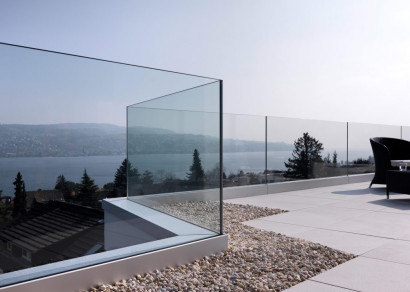


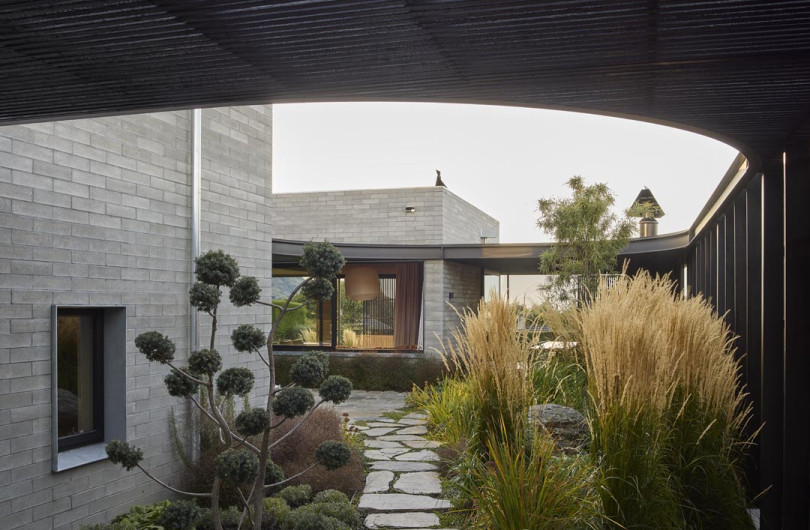
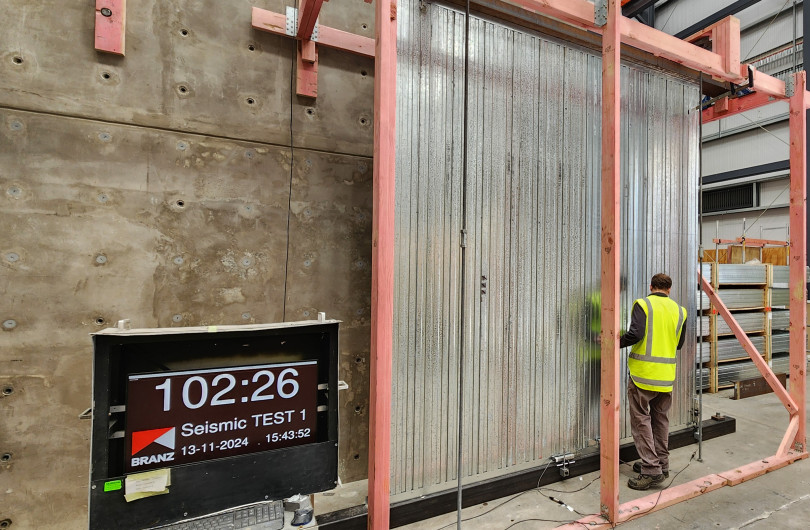
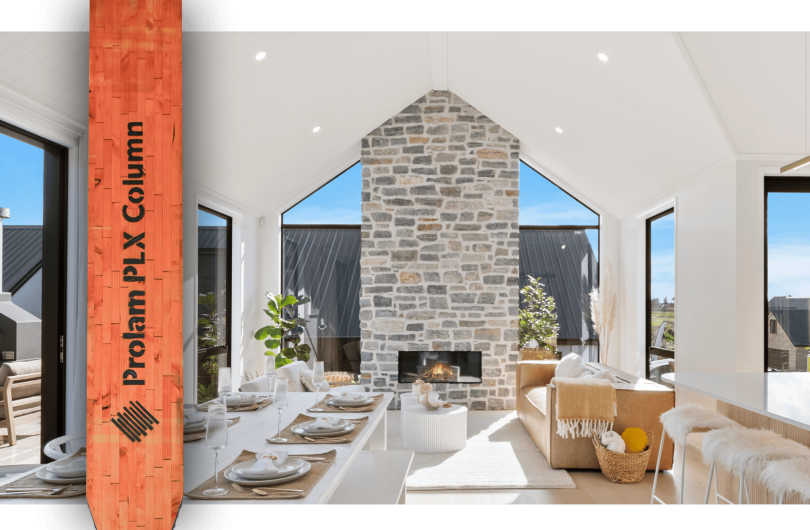

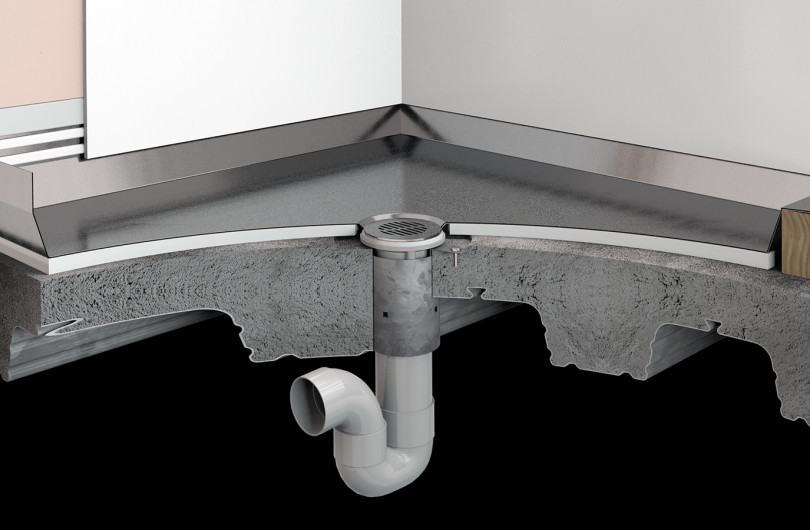

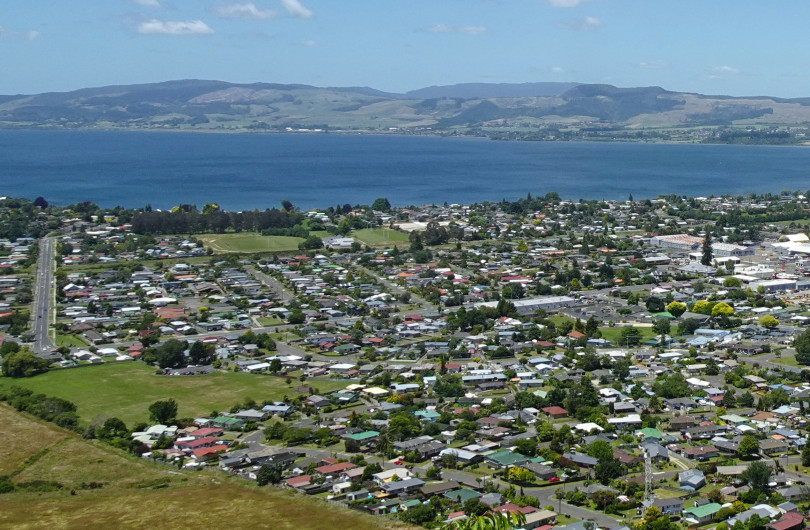



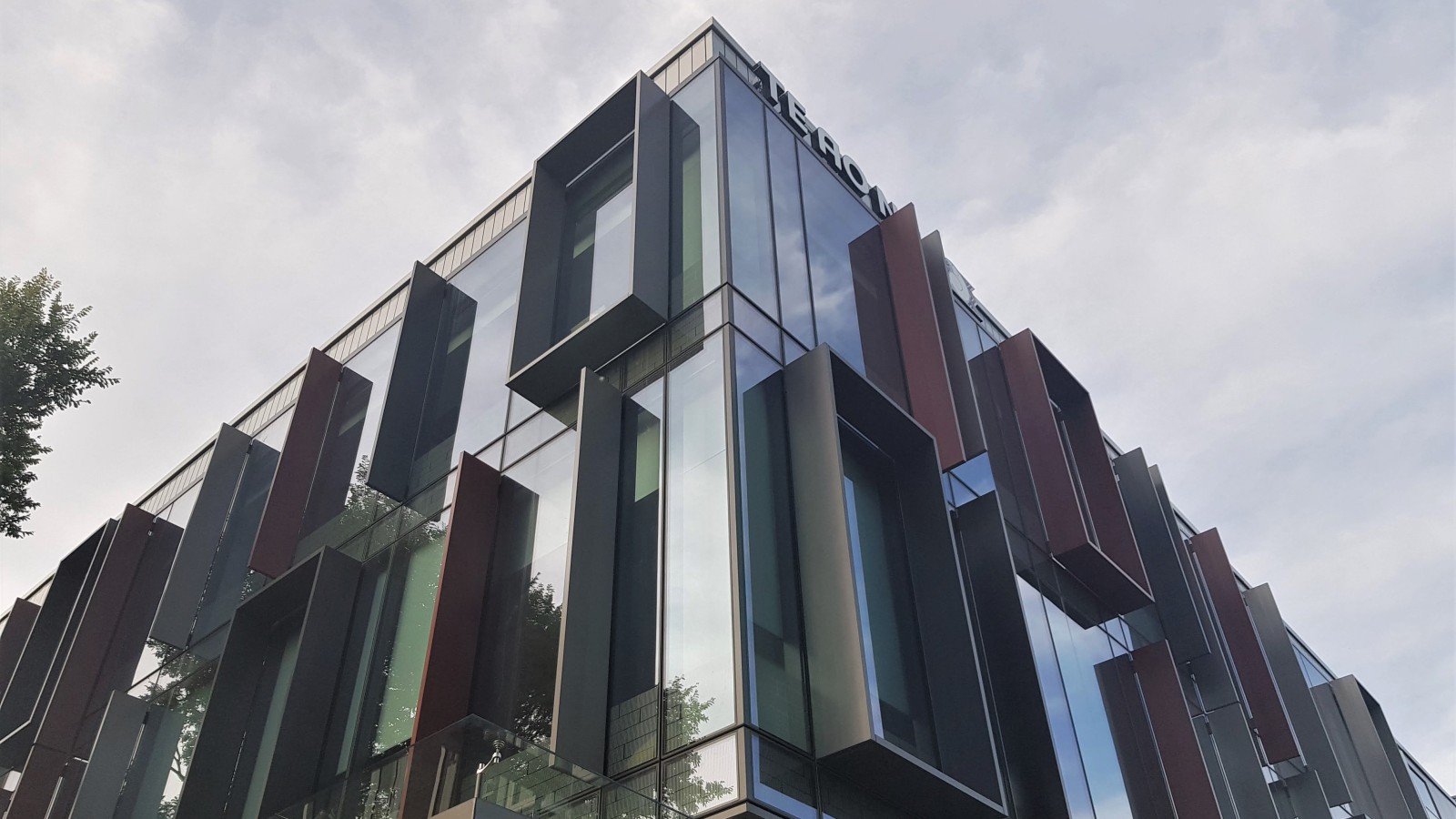



 Most Popular
Most Popular Popular Products
Popular Products



